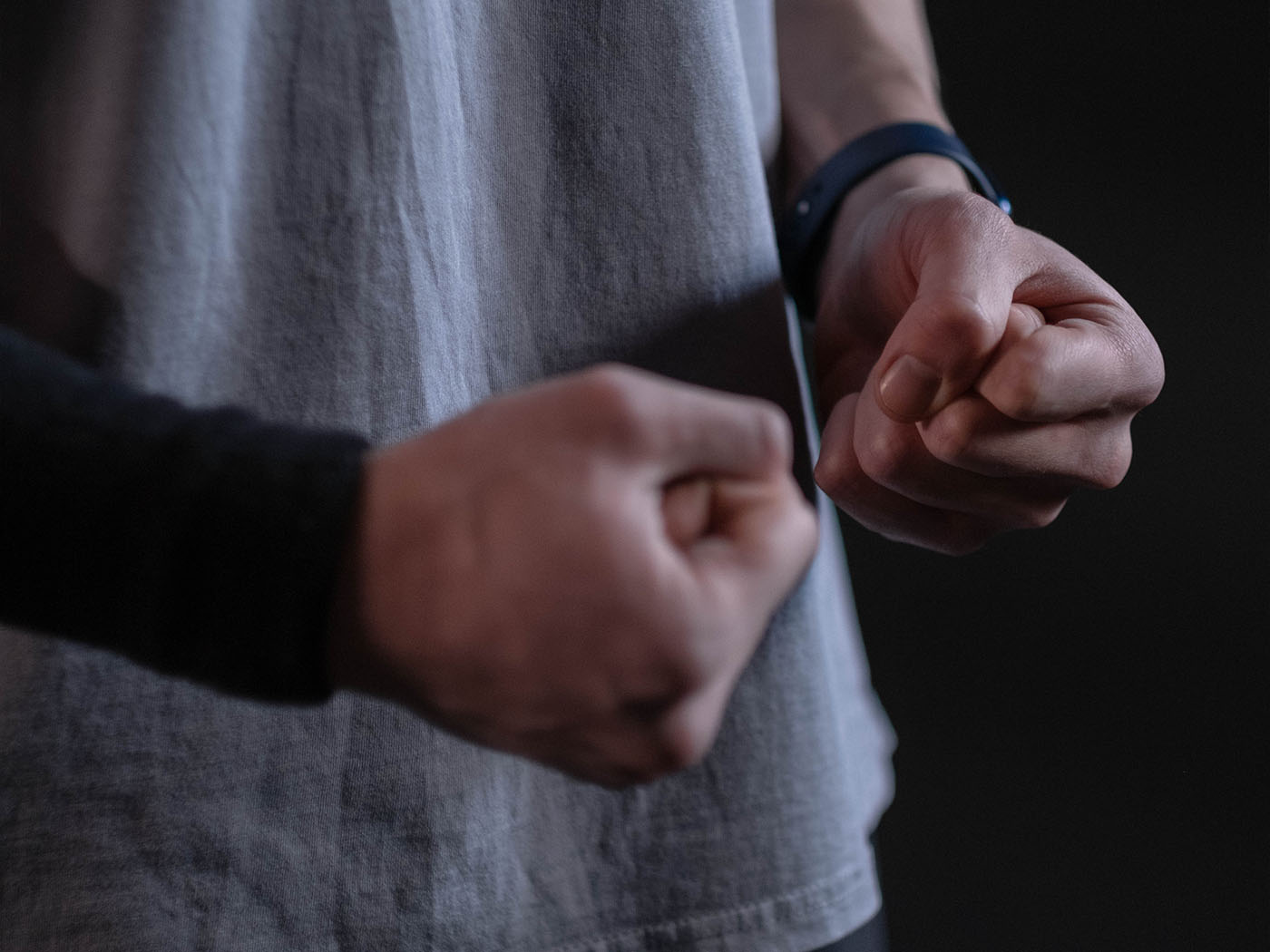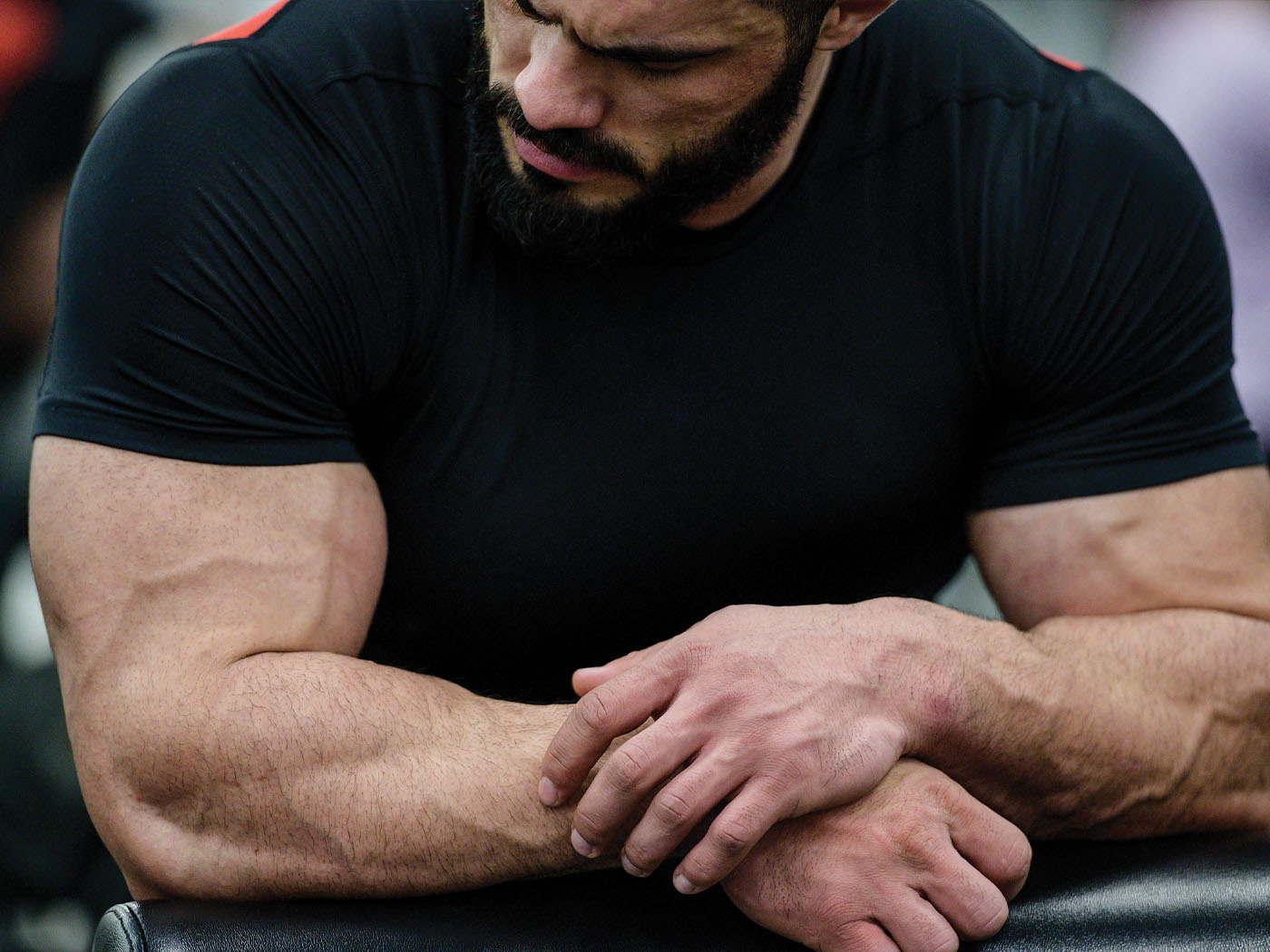Grip strength is not only important for everyday quality of life but it’s also a great indicator of overall health. Over the years we’ve put in plenty of research into the different types of grip, how to train your grip and also prevent injuries.
Generally your natural grip strength will peak in your late 30’s and start to slowly deteriorate the older you get. This applies to both male and females we tested. Most of the people we tested performed moderate to low exercise and all had jobs working from home or in an office environment.
Use It Or Lose It
The key to maintaining and developing your grip strength is quite simple, you’ve got to train it. We’re not asking you to get in the gym and start crushing heavy weights. Your grip can easily be trained at home, on the couch or even whilst at work.
No matter how old you are it’s never too late, or too early to start training your grip.
Depending on your goals or lifestyle there are a few different ways you can train and improve your grip. Let’s take a look.
The Basics To Prevent Loss Of Grip Strength
When you actually take the time to think about how important grip strength is in your everyday life, it’s actually quite surprising.
From brushing your teeth, putting your shoes on, eating, locking your door and so on. These are all simple tasks that involve different types of grip.
Crush Grip
What Is It? Crush grip is the grip you have between your fingers and your palm. A typical scenario would be closing your hand as tightly as you possibly can. This is how the crushing motion works.
The classic example is when you grab the shopping bags out of the car, this involves crush grip and a little support grip, depending on the distance you’re traveling.
How To Train Crush Grip - Crush grip can be trained by performing the crushing motion with resistance applied. The main portion of grip strength comes from within the different layers of the forearm. By squeezing your hand together and feeling your forearm at the same time, you’ll be able to feel the different muscles contract during the motion.
Grip Rings - The perfect training accessory. This is probably our number one recommended accessory for helping maintain and develop grip strength.
 Fitting perfectly in the palm of your hand, the flower style ends fit ergonomically into your fingers making it really comfortable whilst training. Using the grip ring regularly will really help prevent loss of grip strength and help maintain a good level of strength.
Fitting perfectly in the palm of your hand, the flower style ends fit ergonomically into your fingers making it really comfortable whilst training. Using the grip ring regularly will really help prevent loss of grip strength and help maintain a good level of strength.
 These grip rings are available in 6 different resistances which makes them perfect for adapting to your current level of strength whilst also allowing for improvement. We recommend using the lower resistance grip rings for 3 sets of 12 repetitions per hand every other day. If you’re looking to improve your strength even further, the higher 3 resistance rings can be used for 3 sets of 8 reps every other day. These really are the key to helping prevent loss of grip strength.
These grip rings are available in 6 different resistances which makes them perfect for adapting to your current level of strength whilst also allowing for improvement. We recommend using the lower resistance grip rings for 3 sets of 12 repetitions per hand every other day. If you’re looking to improve your strength even further, the higher 3 resistance rings can be used for 3 sets of 8 reps every other day. These really are the key to helping prevent loss of grip strength.
Pinch Grip
What Is It? - Pinch grip is the strength between your fingers and thumb, this style of grip heavily relies on thumb strength. We usually find people with jobs with high time spent on a keyboard get stiff thumbs. This in turn causes wrist pain and sometimes even pain up the forearm.
How To Train Pinch Grip - Whilst pinch grip can be quite difficult to train without actually pinching something, we have a very handy training accessory which is used to specifically target the fingers, thumb and provide a really nice stretch up the forearm.
Extensor Bands - They look a lot more complicated than they actually are. Simply place your fingers through each of the holes, and your thumb through the larger center hole at the bottom.
 Once in place extend your fingers and thumb outwards really stretching the band as far as you can. This may feel strange at first but you’ll soon feel the really nice stretch in your wrist and upper forearm.
Once in place extend your fingers and thumb outwards really stretching the band as far as you can. This may feel strange at first but you’ll soon feel the really nice stretch in your wrist and upper forearm.
 Helping to target each finger really can help relieve tension whilst also promoting blood flow helping to prevent injuries. These are one of our key grip accessories for helping prevent loss of grip strength and also recover.
Helping to target each finger really can help relieve tension whilst also promoting blood flow helping to prevent injuries. These are one of our key grip accessories for helping prevent loss of grip strength and also recover.
Support Grip
What Is It? - This is your grip endurance, how long can you hold onto something without your hands getting tired? Commonly people with construction jobs or labor intensive jobs will find this type of grip most important.
How To Train Support Grip - Unfortunately, this is probably the type of grip that requires the most work. Improving support grip takes time and more dedication. But the rewards are certainly worth it, especially if you fall into the bracket mentioned above.
Adjustable Hand Gripper - The grip accessory we’re going to recommend for support is the adjustable hand gripper. A very simple accessory that allows you to perform a variety of exercises all helping to develop crush and support grip.
 Simply place the gripper in your hand, spring at the top. One leg in the palm of your hand and the other in your fingers. Close the legs together until they touch. That is one repetition.
Simply place the gripper in your hand, spring at the top. One leg in the palm of your hand and the other in your fingers. Close the legs together until they touch. That is one repetition.
 For more focus on support grip strength, we recommend closing the legs and keeping them shut for 5 seconds before releasing. This is a great way to help develop your grip endurance and crush strength too.
For more focus on support grip strength, we recommend closing the legs and keeping them shut for 5 seconds before releasing. This is a great way to help develop your grip endurance and crush strength too.
Is It Too Late To Start Grip Training
It’s never too late to start grip training. We are lucky enough to help out many different age brackets of people with all different levels of ability. The one great thing about grip strength is that it’s really easy to train, especially with the right tools.
The main thing is to make sure you start, once you’ve started you’ll quickly start making progress and it will be part of your everyday routine before you know it.
If you are unsure where to start or just want a little bit of advice we’re always here to help out just drop us a message on Instagram @godsofgrip or just send us an email here.
Preventing Hand Pain
We know a lot of people suffer with different types of hand pain. It’s important to try and identify what is causing the problem and build on trying to recover.
Arthritis
With arthritis, this can be very difficult to improve but if you're willing to have a go at relieving some pain, any of the above accessories are well worth giving a try. These are specifically designed for ease of use and with low resistances available this should help keep pain to a minimum whilst exercising.
Injury Recovery / Rehabilitation
If you’re recovering from a wrist, hand or elbow injury then grip training should be an integral part of your recovery routine. Ensuring a solid foundation of strength is what is really going to allow you to help prevent future injuries whilst also speeding up your recovery.
Combining a variety of stretches with some of the grip training accessories above is a great place to start. Once you’re feeling more confident then it may be time to take a look at some of the more serious grip strengtheners.





